The amateur’s way to photography
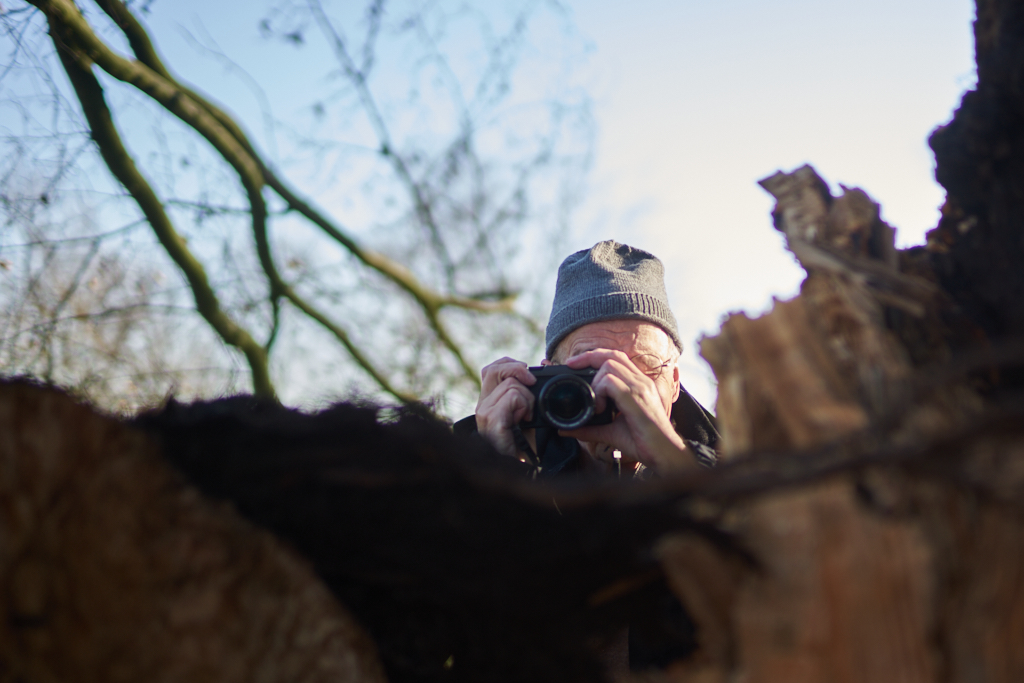
Photography entered my life very early through the “click, rip rap, click, rip rap” of my father’s old Minolta. It was his great passion, and during my childhood, our family vacation walks took their rhythm from me and my siblings’ interest in puddles and his in the perfect perspective. I am not good in visualising faces, but I can well remember his impish smile whenever he emerged from behind his lens, sneakily taking the last photo from the hips at the very moment we started interacting not with the black apparatus but our father. He was gifted with “a good eye”, we were his favourite motive, and so seeing the photos on my parents walls or watching them on his old diascope are still important pastimes whenever I visit my parents. Even more important is to shoulder our camera bags and leave for a small safari.
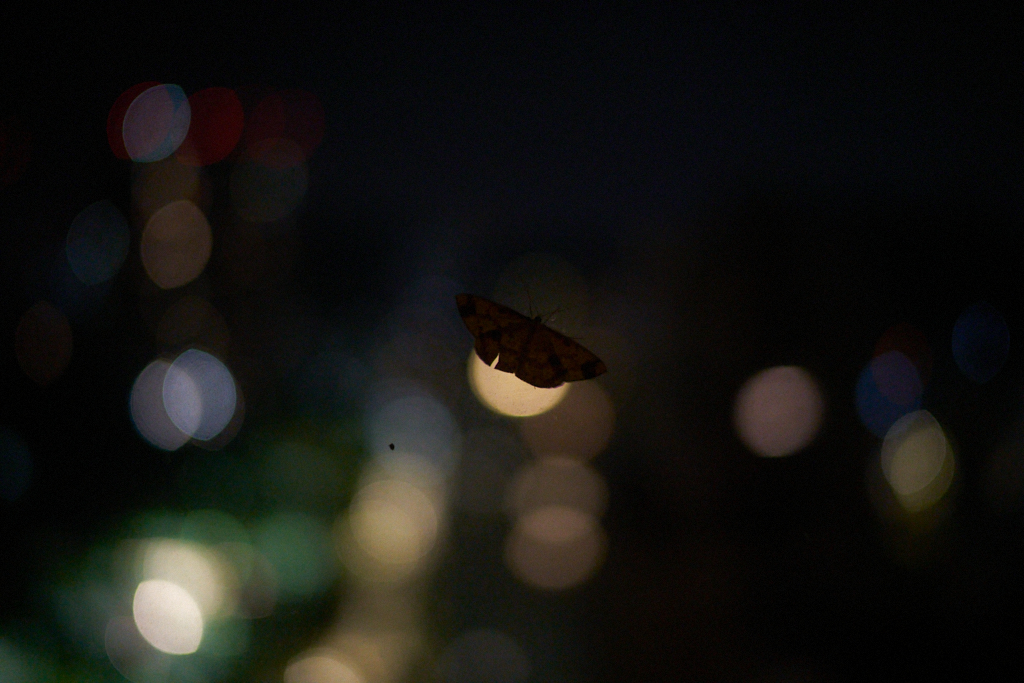
Taking photos is an important habit not only in my life, for many it is deeply connected to our most happy moments. Yet, often it seems that is not photography that brings happiness, but rather happiness that nudges us to take a photo, sometimes mindlessly, and often not without interrupting the very moment we want to capture. Yet, this is not what I want to talk about.
Photography, when used not as a spontaneous tool to capture enchantment but a practice to search for it, can be the source of wonder and beauty, not its exorcist. This is the amateur’s way of photography, and it is this I want to talk about.
On having fun
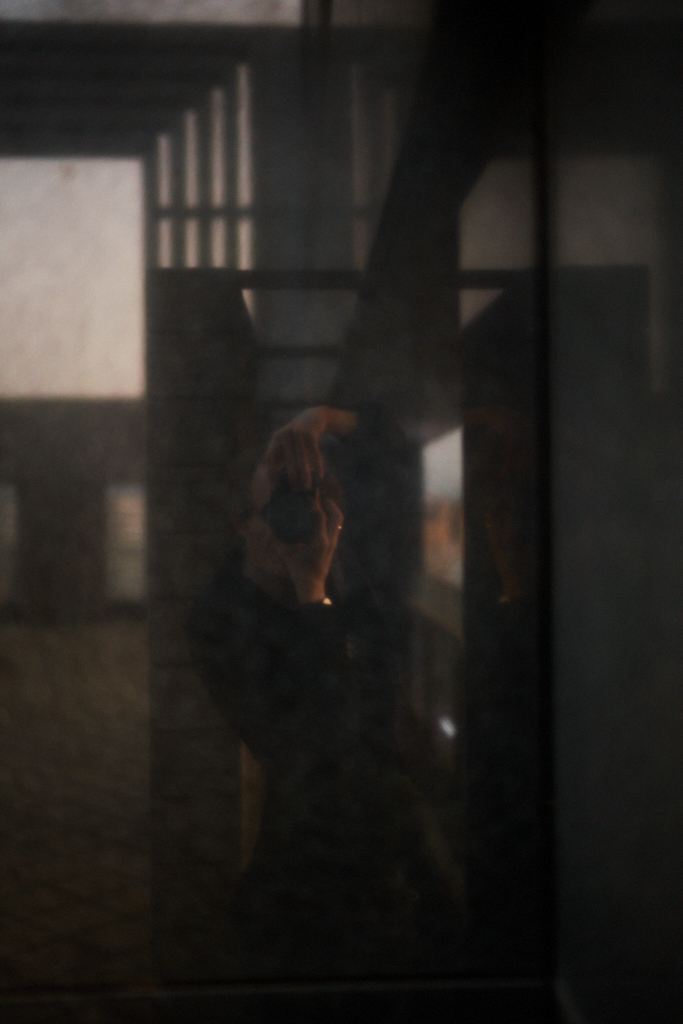
Like in many hobbies and past-times, I see the purpose in photography in having fun. Sure, not every moment is enjoyable just in itself, and learning and artistic creation are part of it. But to stay an enrichment in life and not to become a chore, I think it is best to aim for joy when following your hobby and see even the final results not as ends but means.
The trick is of course to use it as a way to „live in the moment“. And whereas this often refers to concentrating fully on your perception („mindfulness“) or to be immersed in a focused state in progress („flow“), I think the best metaphor when it comes to photography is to see it as a curious dialogue with the place around you and all that is happening there.
See how you see the world

„A photographer’s gift to the viewer is sometimes beauty in the overlooked ordinary.“ – Saul Leiter
So allow me to get philosophical for a bit. The way you see the world is not how the world is. Our minds are amazing pattern-matching machines, able to quickly assess the huge amount of information our eyes (and other senses) feed it and “understand” what is around us. Here, “understanding” basically means to give it a name, to categorise it. This process often becomes apparent when we are around little children, for whom every tree, house, and leave is special and unique, whereas it is just another “tree”, “house” or “leave” for most of us, maybe tainted with a vague aesthetic association (“an old tree”, “and ugly house”, etc.). If you think this is nonsense, try to remember details about a space that should be fairy familiar for you: How many trees exactly are there in your neighbour’s garden? What exactly is the color of the houses in your street?
It requires curiosity and patience to again see the world more as what it is, to look beyond the mere idea (“an old stinky bank room with a couple of clerks working behind the counters”) and to see the details (the petroleum-coloured floor that evades the columns in rounded turns; the fake walnut of the counters that bursts around the edges; the tired eyes of the second clerk and the alert eyes of the third).
Photography then is a practice that can make this often unconscious and invisible process explicit. It forces you to see what you see, and in trying to tell a story about it, to think about how the whole and the parts are connected.

It is this dialogue with the space around you that allows you to see beauty and enchantment where you didn’t see it before. The history of photography revealed this early, as photos of the ugly, boring, or mundane appeared in museums, to suddenly become art; when photographers were able to show us beauty in everyday things.
(Of course, catching the straightforward beauty in a magnificent sunrise or perfectly formed body is fun and fair game as well and easily qualifies as art if that’s important for you, especially if you know your craft!)
Allow your camera to slow you down
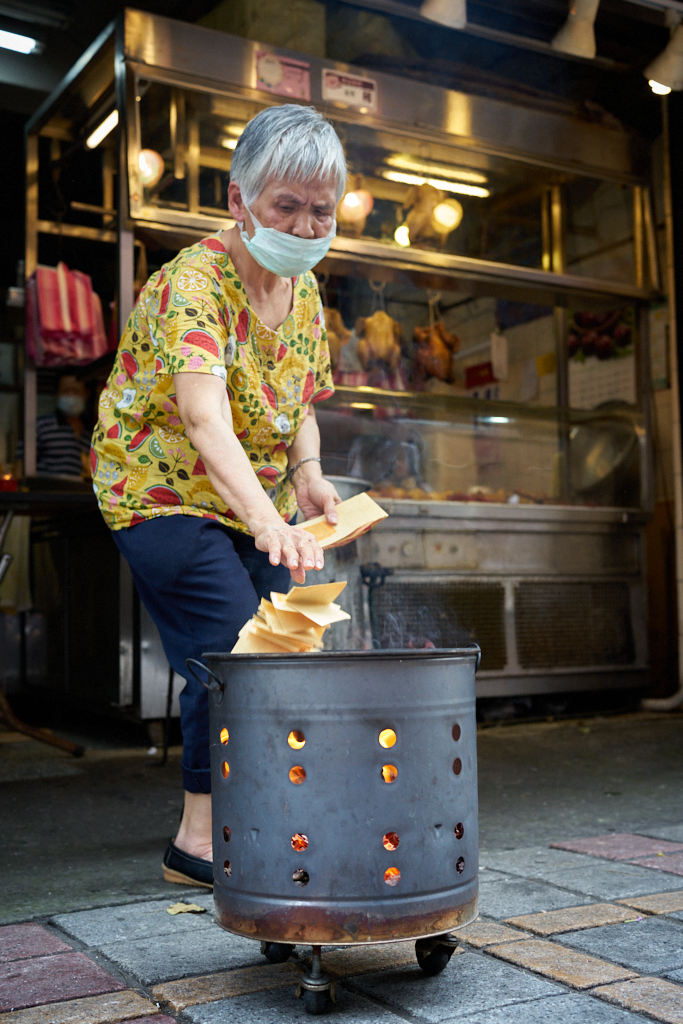
Starting from this premise – to see photography as a dialogue with the world around you instead of a quick mechanical memory – has a strong influence on the question how you want to take photos. For me, it is the main reason why I prefer to schlepp around my photo bag instead of just taking my smartphone.
For the way I want to take photos, speed and total convenience are actually disadvantages. Especially smartphone advertisers nowadays focus on the camera system. „Here is a great camera that you always have around, take a picture of your best moments! #memories“ But as I said: Maybe it is not about taking a picture of whatever you see but rather about seeing what you can take a picture of.
Understanding the place around you takes time. Not only to „get the right perspective“, i.e. to understand what part can stand for the whole. Especially in settings with humans, you often want to understand not only how things are, but how they change, how they are used, how people interact with their surrounding, what kind of patterns make the space alive. (In street photography this is about how people move around; in portrait photography it might be more nuanced, a certain smile or look that makes the person who she is, beyond the mask she might carry at the beginning; even in landscape photography, there is the slower rhythm of the sun, whether, and seasons you can try to understand.)
It is hence not a problem if your camera is a bit bigger, if you have to adjust it a bit, or if it introduces some constraints you have to work around. Quite the opposite, this might remind you that you are part of the place, that you have to move too, that you are actually having a dialogue with it. On the other side, smartphones are usually a perfect tool to take us out of the moment, and I personally find it difficult to use them as a way to anchor me in a setting, to not read the message, research the building’s history, or share the picture I like immediately with a friend.
Just get started
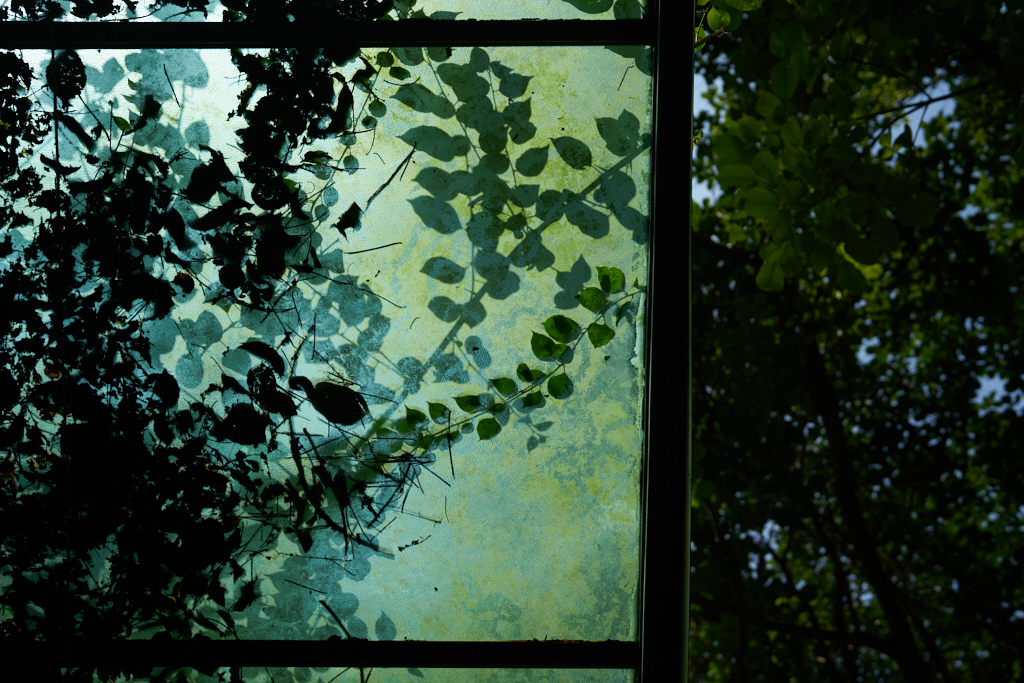
And thus, the most important part of the amateur’s approach to photography is to just do it. Every craft takes a long time to learn, every artist will pick different tools while slowly understanding the strengths and weaknesses of the ones she has. (A violin player does’n need a Stradivari to learn.) Even experienced photographers are happy if they take away a handful of photos from their photo tours. If you focus on enjoying the journey, you don’t risk to cancel the trip right after the beginning.
(Thus concludes the first part of my series on photography. Click here for Part II or go back to the overview.)